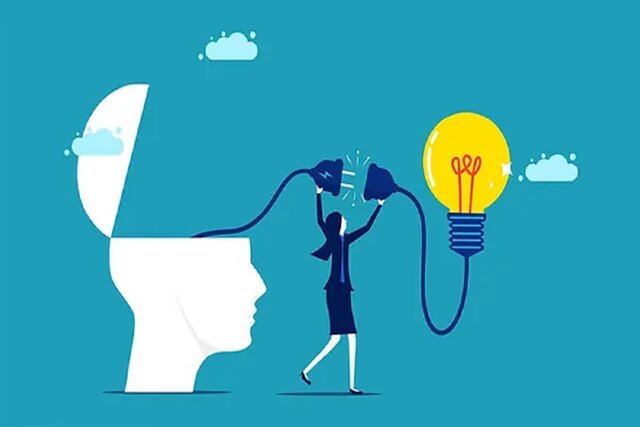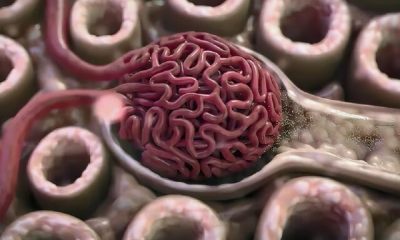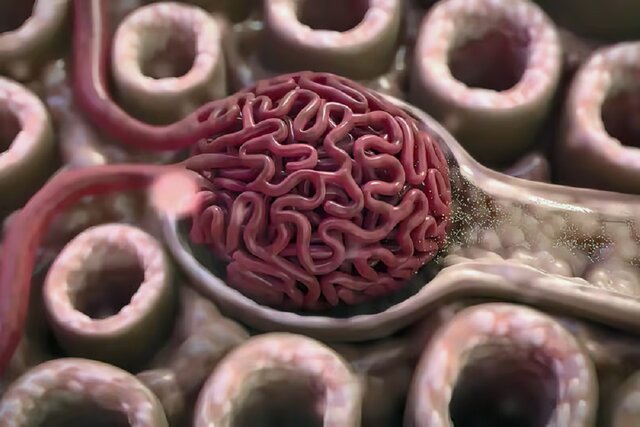In a new study, it has been hypothesized that some genetic traits associated with attention deficit hyperactivity disorder (ADHD) can actually be beneficial by increasing exploratory behaviors.
The study that first showed the benefits of ADHD
While current diagnostic definitions of attention-deficit/hyperactivity disorder (ADHD) are relatively new, the condition has been recognized and defined by clinicians under various names for centuries.
According to NA, recent genetic studies have shown that this disease is highly hereditary, which means that most people with this disease genetically inherited it from their parents.
Depending on the diagnostic criteria, between 2% and 16% of children can be classified as having ADHD. In fact, the increase in diagnosis rates in recent years has led some doctors to argue that the disease is overdiagnosed.
What is relatively clear, however, is that the behavioral traits that underlie ADHD have potentially been genetically present in human populations for a long time, leading some researchers to speculate on the evolutionary advantages of this What could be the conditions?
Imagine you are part of a wandering tribe of early humans. Your group comes across a field full of one type of fruit and everyone is faced with one big question. Do you settle on a farm and exploit its fruit supply until it’s all gone, or do you quickly pick up what you can and continue exploring for more diverse foods?
This opposition to exploitation or exploration is fundamental to the survival of all animals. At what point does the risk of staying in one place outweigh the risk of moving to find what’s next?
In the early 2000s, a team of scientists studied the genetics of a unique tribe of people in northern Kenya. This tribe, known as Ariaal, has traditionally been incredibly nomadic and nomadic since ancient times, and they have continued to live in this way. Some members of the Arial tribe settled down during the 20th century and adopted modern farming methods, while others continued to live as nomadic herders.
Read More: Flu-killer cells have been discovered in the lungs
Scientists compared the genetic and health differences between these two groups of the Arial tribe and discovered something incredibly interesting. In general, all people of the Arial tribe carry a unique genetic mutation called DRD4/7R. This genetic trait has previously been commonly identified in people with ADHD.
This genetic mutation in today’s children who have been diagnosed with ADHD is generally associated with restlessness and distraction, and in those children of the Ariel tribe who were used to the behaviors of staying still settling down, and avoiding moving, this gene was associated with health. Poor and disruptive behaviors in class were related. But in Aryalees who still lived a traditional nomadic life, this gene mutation was associated with better nutritional health and strength.
The DRD4/7R mutation is associated with increased food and drug cravings, novelty seeking, and ADHD symptoms, explained Dan Eisenberg, lead author of the 2008 study. It is possible that in a nomadic environment, a boy with this gene mutation would be able to more effectively defend livestock against invaders or find water and food sources, but these same tendencies may be limited to fixed jobs such as setting up a school, farming, or selling goods. not useful
So an interesting hypothesis emerged. Whether the genetic traits of ADHD can be somewhat beneficial to a tribe, as it predisposes some individuals to “exploration” What appears in modern times as unrest and restlessness could actually have been beneficial to tribes that were looking for food.
David Barak from the University of Pennsylvania along with a team of colleagues tested this hypothesis experimentally. They produced a unique game where players were given eight minutes to collect as many berries as possible by hovering over a bush. Each time they picked berries from a bush, the player’s harvest was reduced slightly, but if they went to a new bush, there was a time penalty.
So what did most players do? Did they stick to the original bush? Or risk wasting time trying another plant to see if it bears more fruit? The same basic question, exploration or exploitation?
About 450 people participated in this experiment and all were simultaneously screened for ADHD symptoms. Not surprisingly, the researchers found that people with higher ADHD scores reached out to new plants sooner than others, but more importantly, people with ADHD tended to collect a larger volume of berries overall.
In a recently published study, Barak and his colleagues noted that participants without ADHD traits tended to overeat individual plants.
Finally, looking at the optimal withdrawal strategy for this game, it was found that players with high ADHD scores were more successful overall.
“We found that participants who screened positive for ADHD gave up the bushes more easily and achieved higher rates of reward than participants who screened negative,” the researchers wrote in their conclusion. Given that participants stayed more on a plant in general, those with high ADHD scores made more exploratory decisions, consistent with the predictions of optimal search theory, and thus behaved more optimally.
It should be noted that these findings do not represent a definitive verdict on the possible evolutionary benefits of ADHD, but they provide compelling and plausible reasons why a small percentage of humans still have these traits.
In the 21st century, we may have pathologized ADHD as a negative disorder, but this could simply be because these characteristics no longer fit the world we have constructed. So in a different context, a person with ADHD may be the savior of a society with their restless exploration of new fields.
This new study is published in the journal Proceedings of the Royal Society B.



 Technology9 months ago
Technology9 months ago


 Technology10 months ago
Technology10 months ago


 Technology9 months ago
Technology9 months ago


 Technology10 months ago
Technology10 months ago


 Humans1 year ago
Humans1 year ago


 AI1 year ago
AI1 year ago


 Technology10 months ago
Technology10 months ago


 Technology10 months ago
Technology10 months ago




























